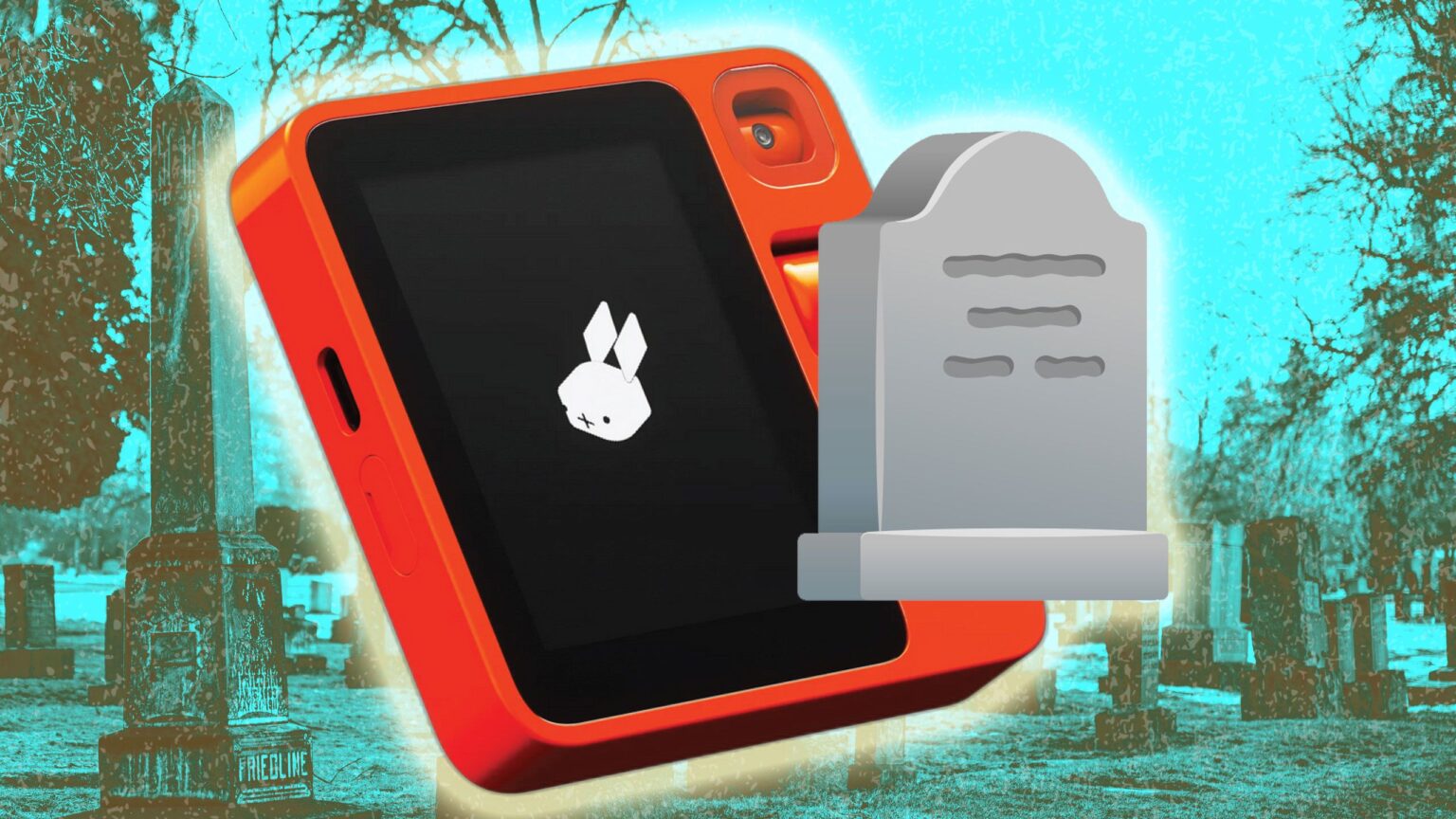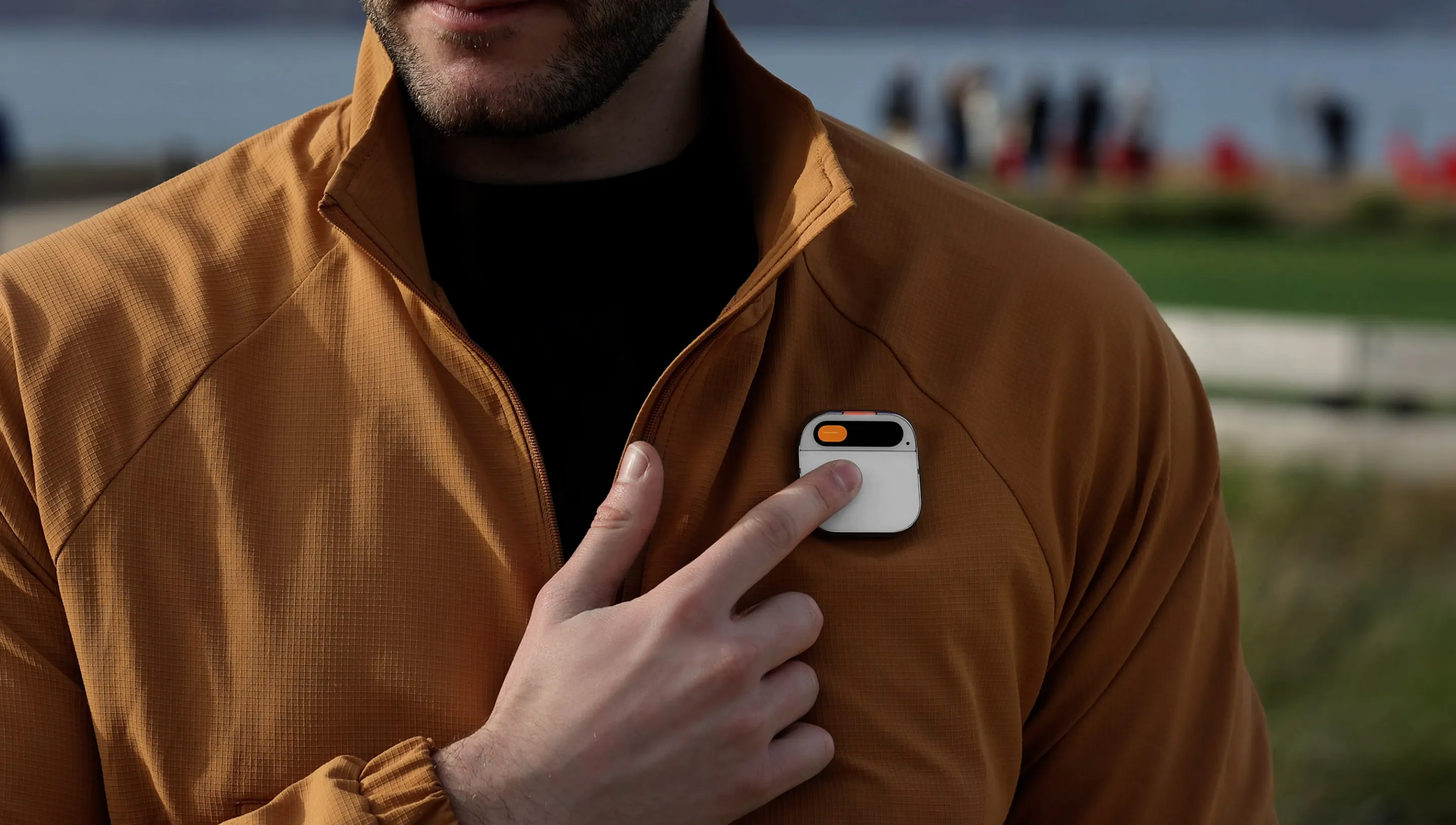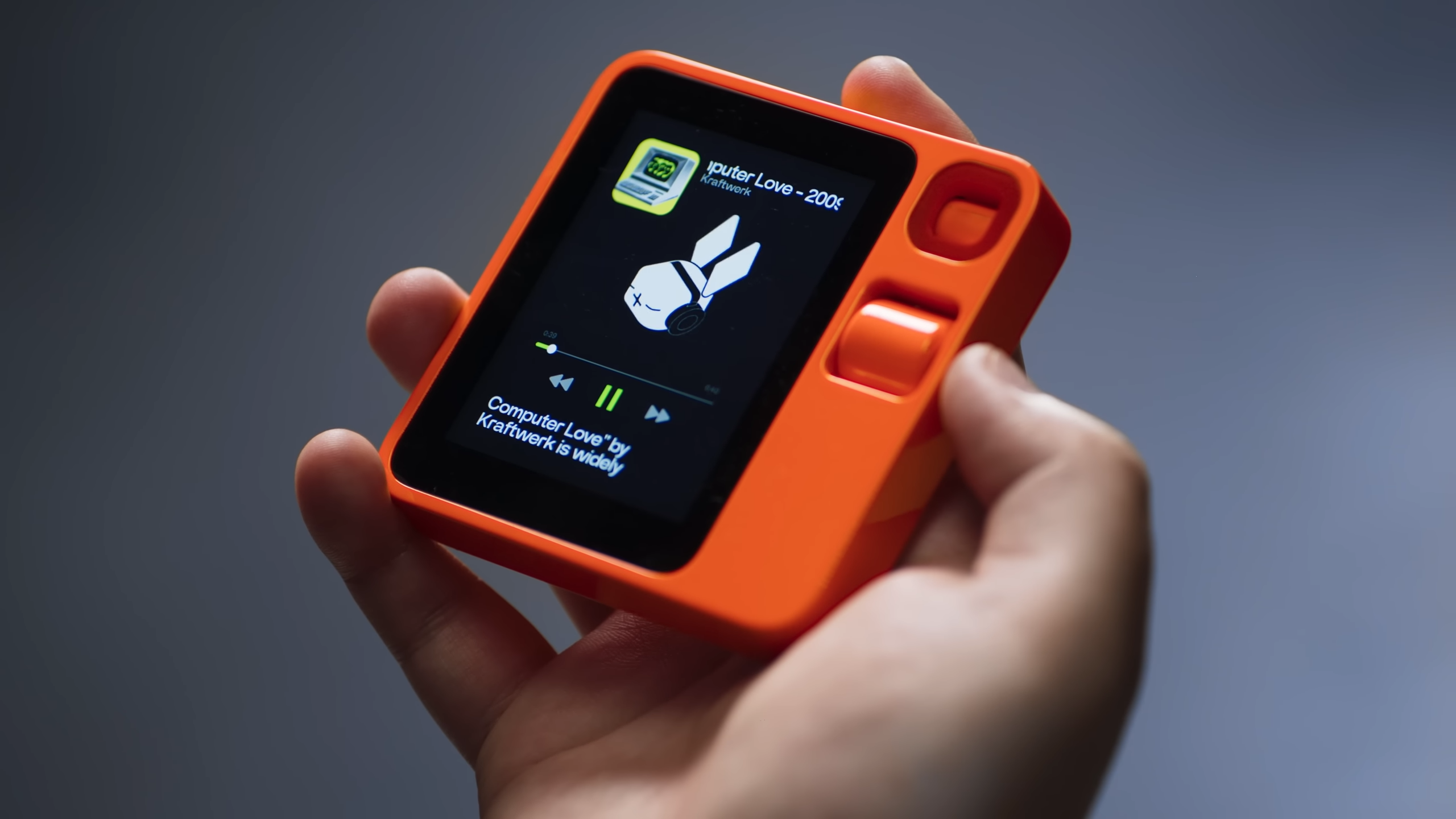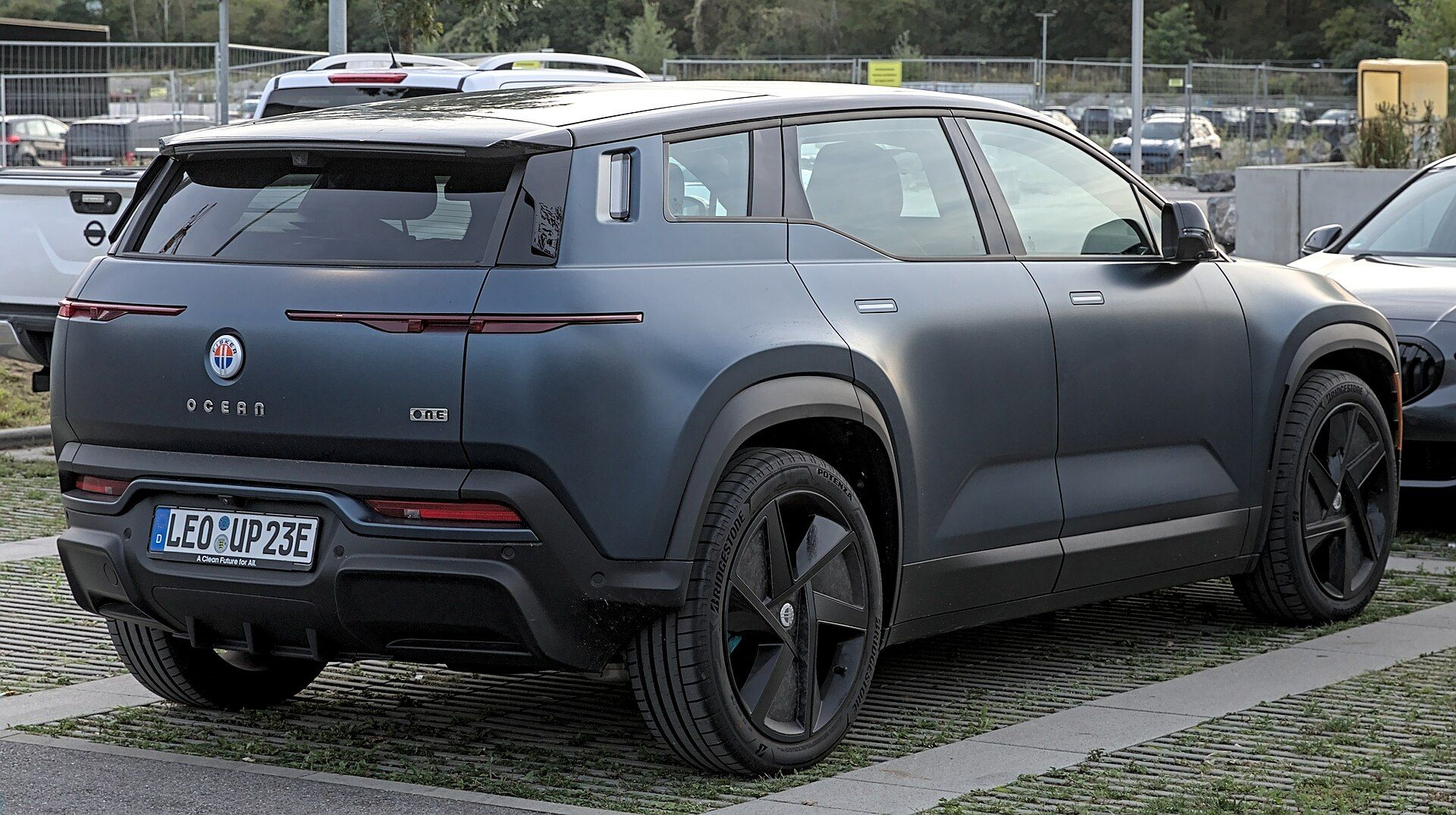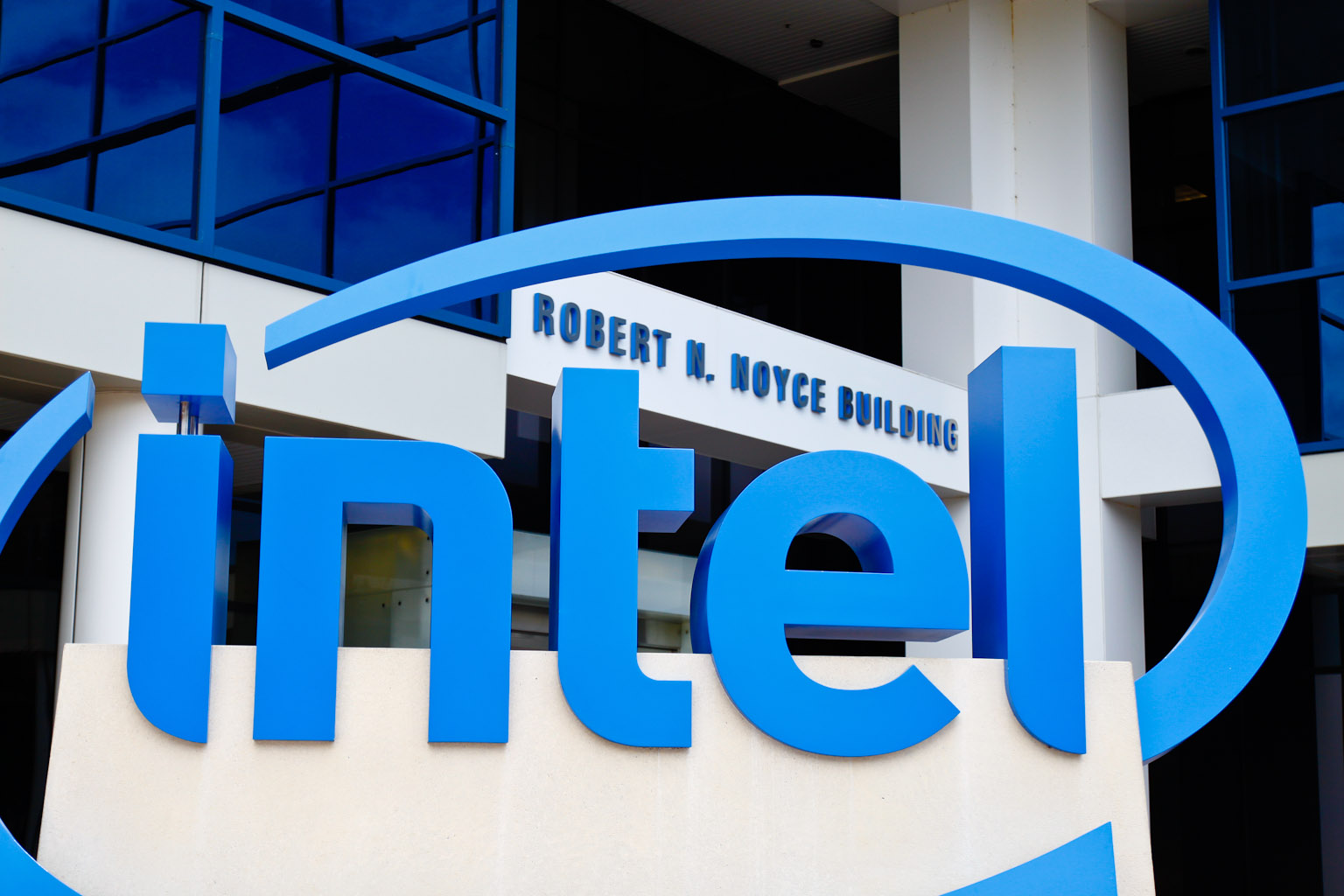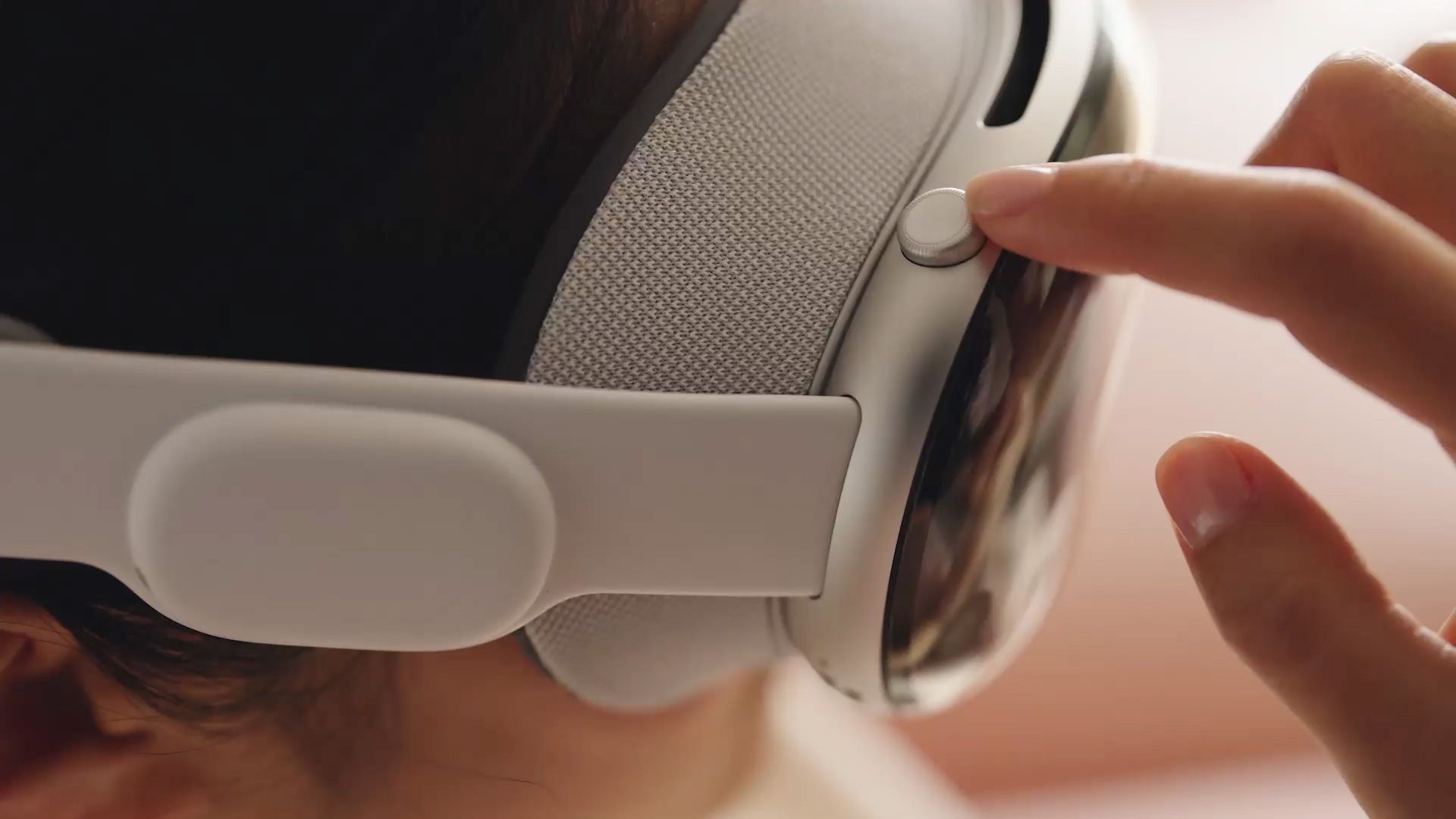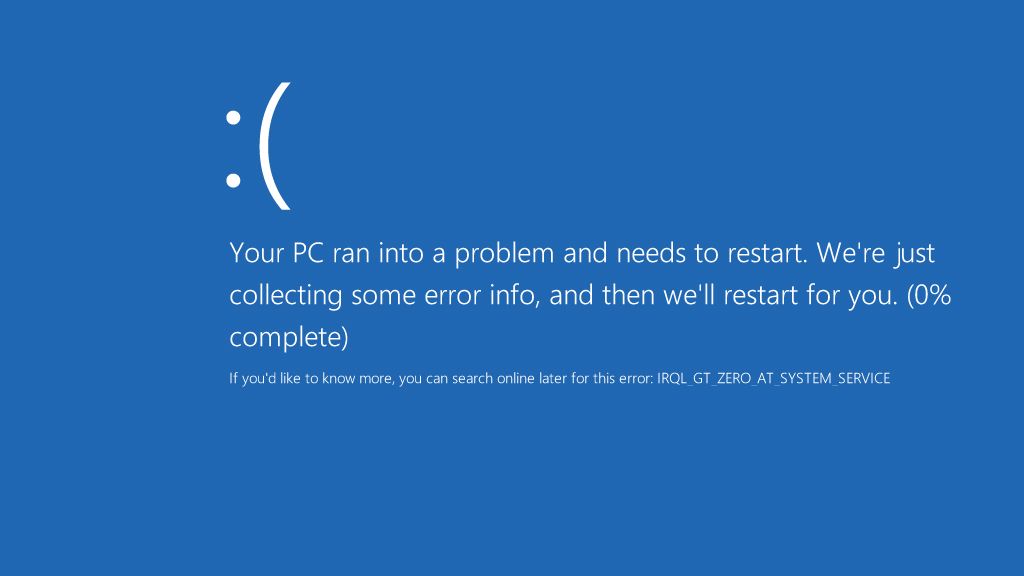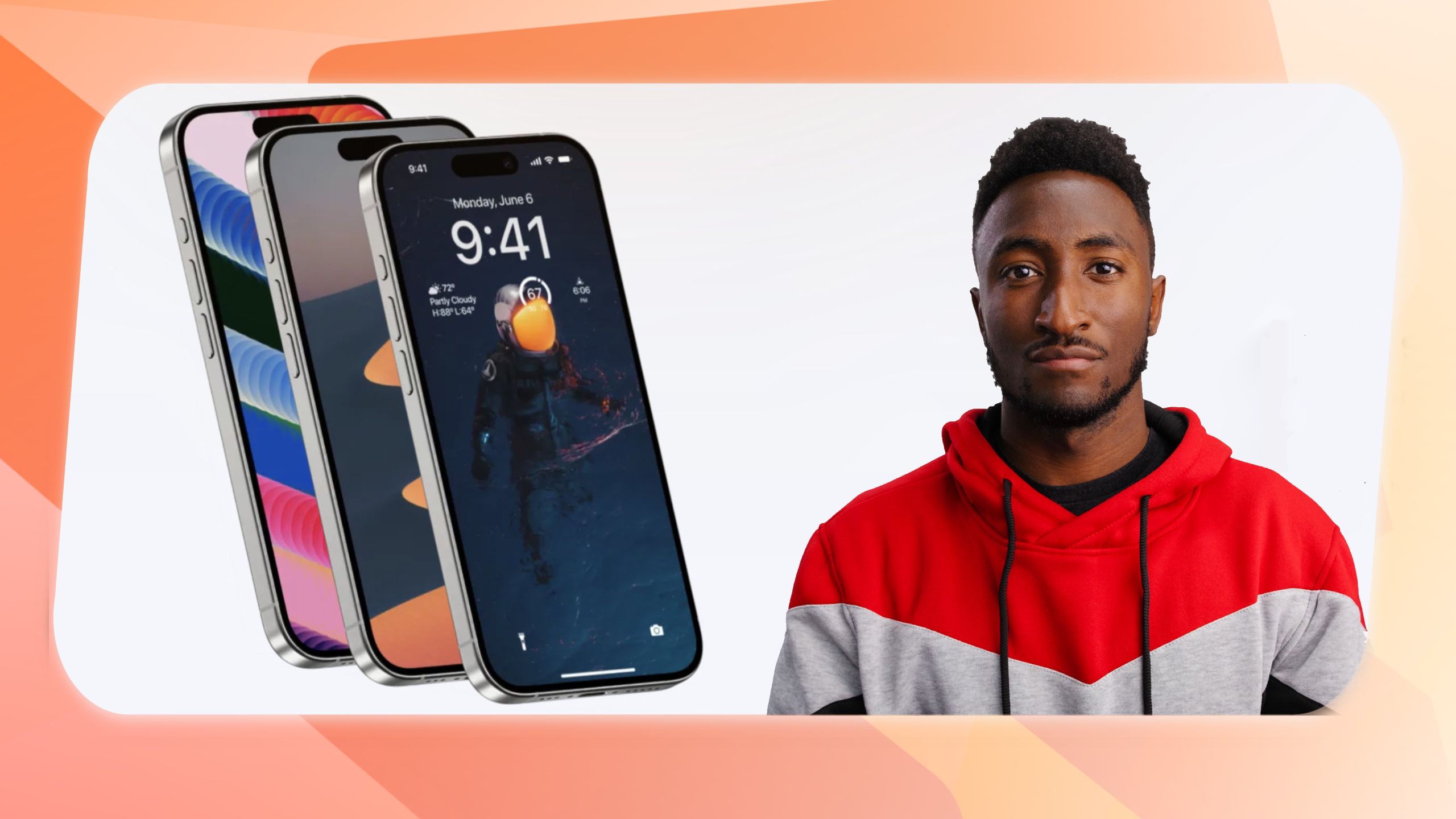The tech industry faced a wave of product failures in 2024. Overhyped product launches failed repeatedly. Gimmicky AI bloatware has flooded the market, with many failing to demonstrate practical value. Even the video game industry has had a difficult year. Reputable publishers, known for some of the best games, lost their reputation when their anticipated titles were poorly received and abandoned shortly after launch. Here are the most talked about tech failures of 2024 and why they failed.
7 Concord and the fall of the live gaming model
Source: Concord official account on
Sony’s Concord became a high-profile live service failure. It peaked at less than 700 simultaneous players on Steam and barely found an audience on PlayStation. A $40 price tag in a market dominated by free-to-play hero shooters, dull visuals, and unoriginal gameplay failed Concord in an oversaturated genre.
This model is not unique. Warner Bros.’ Suicide Squad: Kill the Justice League failed with its forced live service modeland Sega’s Hyenas were canceled before launch. Gamers are tired of “forever games”. Established giants like League of Legends and Fortnite dominate the space. Convincing gamers to leave these entrenched ecosystems for new titles is an uphill battle, making failures like Concord inevitable.
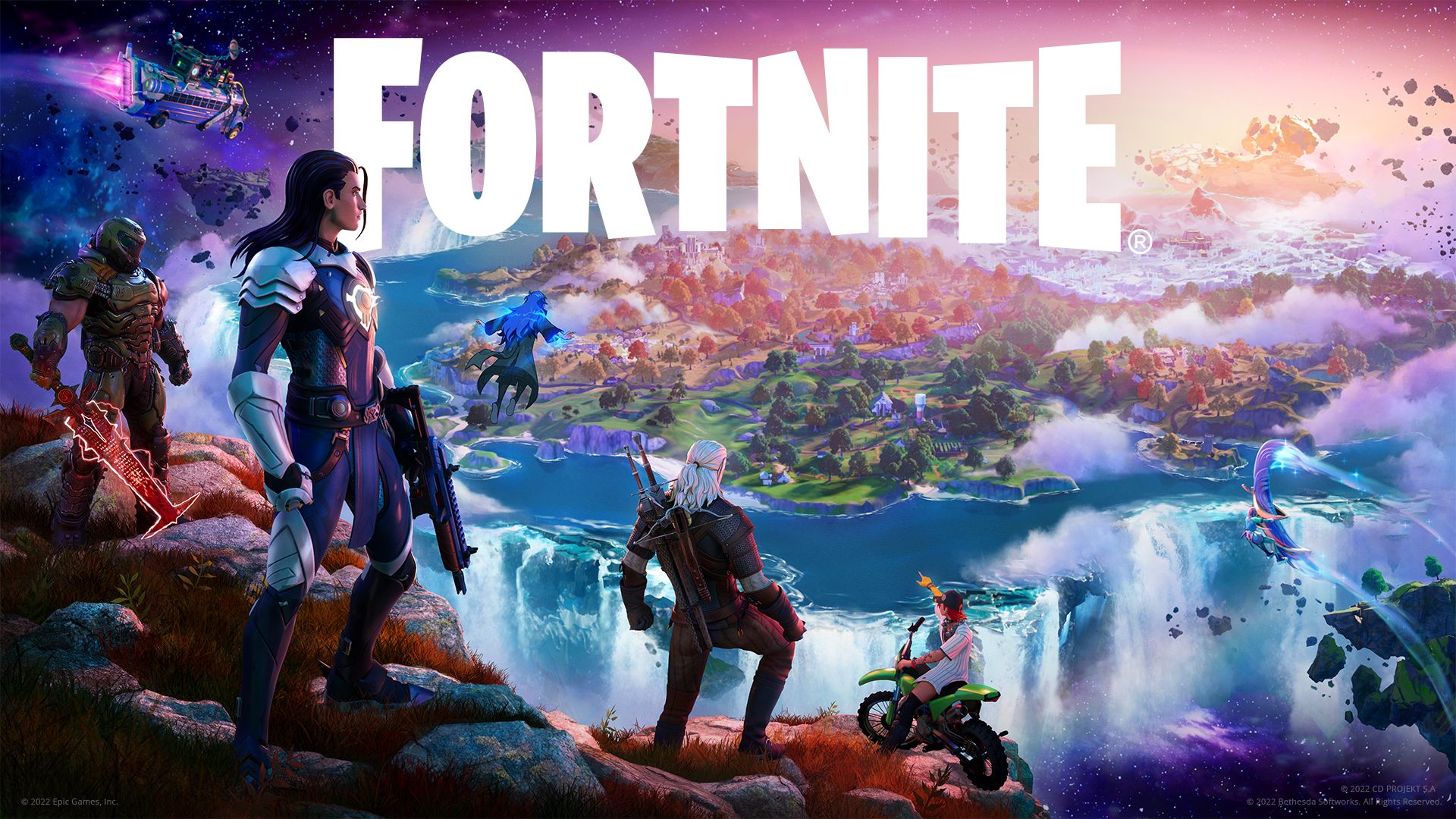
Related
How to install and play Fortnite on Android
Fortnite may have been kicked out of the Play Store, but you can still play the game on Android
6 Overpriced and Disappointing Humane AI Pin
Source: Human
The $700 Humane AI Pin has faced heavy criticism despite years of development, $240 million in fundingand support from OpenAI CEO Sam Altman. Technical reviewer Marques Brownlee described it as “the worst product I have ever tested”.
Marketed as an assistant to simplify everyday tasks with AI, the Pin fell short. Given its poor performance, its $700 price and $24 monthly subscription were hard to justify. Consumers expected advanced features, but the device offered unreliable gesture controls and a weak laser projector that couldn’t compete with smartphone screens.
Like Google Glass and Stadia, the AI Pin attempted to replace existing technology but failed to deliver significant improvements, leaving users questioning its purpose and value.
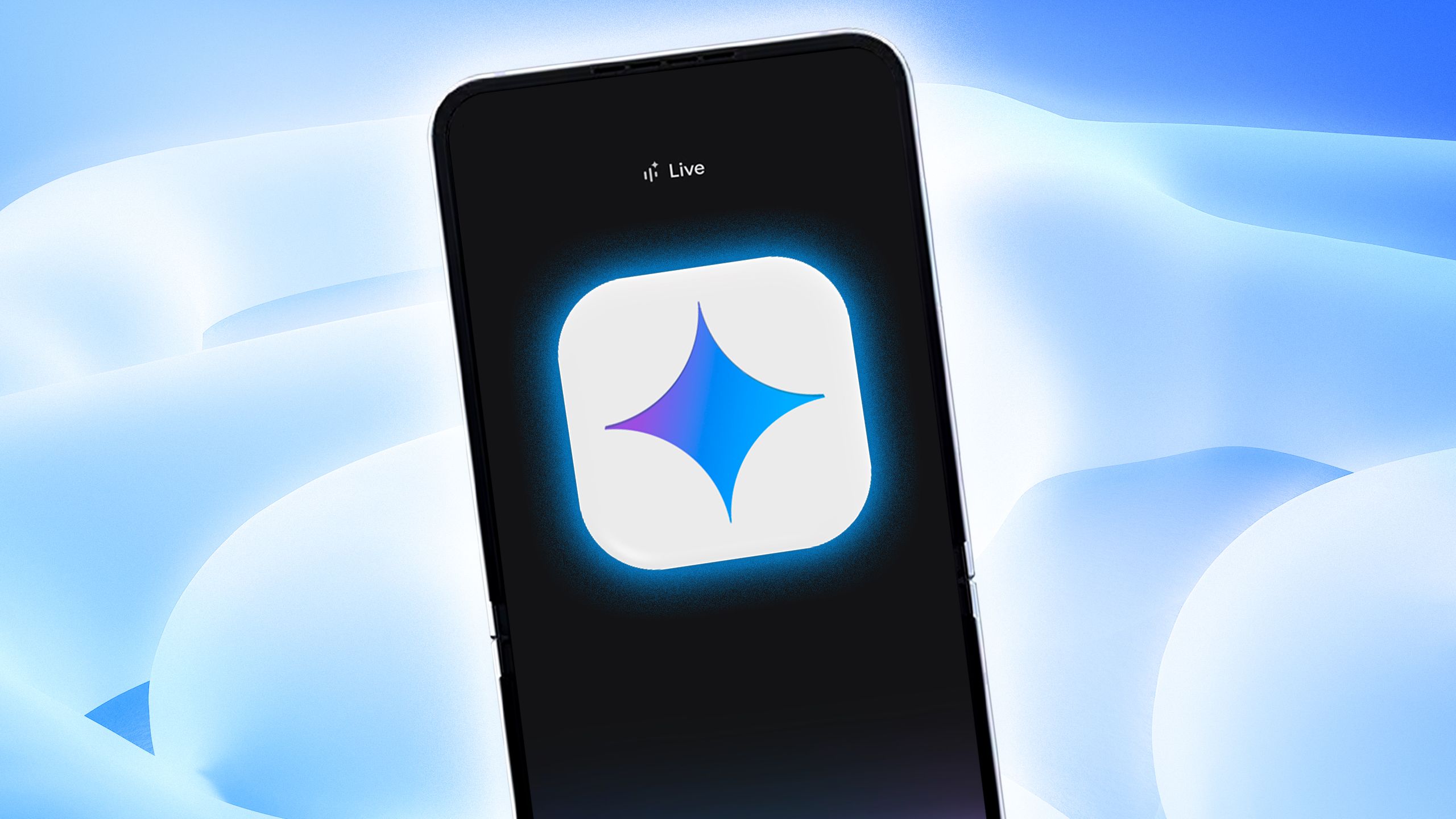
Related
10 Ways I Use AI to Simplify My Daily Life
Learn new ways to work, study and enjoy your hobbies
5 Rabbit R1’s gadgets overshadow its potential
Source: Rabbit
Presentation of the Rabbit R1 large action models (LAM)an AI concept that handles tasks outside the scope of large language models (LLM). At $200, it offered more value than the AI Pin. Its bold orange design and RabbitOS interface attracted attention but quickly came under criticism.
The R1 did not keep its promises at CES 2024. The LAMs, presented as revolutionary, turned out to be more fanciful than revolutionary. The controversy intensified when a reviewer revealed that the R1’s software was essentially an Android app which could be downloaded to other devices. This casts doubt on the necessity of the R1’s hardware.
Rabbit CEO Jesse Lyu supported that RabbitOS required cloud integration and firmware-level customizations, but these claims did not address concerns about its practicality. With limited features and overlap with smartphone capabilities, the R1 failed to justify its existence, much like the Humane AI pin.
4 Fisker Ocean’s quality problems led to bankruptcy
Source: Wikipedia
The fall of Fisker Inc. in 2024 is the result of poor management, poor product quality, and financial chaos. The company priority cost reduction and rushed production, neglecting quality control and operational issues. The Ocean SUV, Fisker’s flagship electric vehicle, had software issues and faulty components, force security reminders and harsh criticism. Marques Brownlee called it “Worst car I’ve ever tested.”
Fisker failed to meet its production goals, delivering only a fraction of the units promised. This deficit caused thousands of canceled reservations and further tarnished the company’s reputation. The company filed for bankruptcy in June 2024, halting production and leaving its future plans uncertain.
3 Intel loses its throne to Nvidia
Source: Huangjiahui on Flickr
Intel’s decline became more evident in 2024 as it struggled to keep pace with industry leaders. 13th and 14th generation Core processors experienced widespread accidents and irreversible degradation. Intel later identified the Vmin lag buga faulty microcode algorithm, as the root cause. Patches were released, but the prolonged instability damaged Intel’s reputation.
To add to the problem, Intel was lagging behind its Arm-based competitors like Apple’s M4 and Qualcomm’s Snapdragon X Elite. Rivals Nvidia and AMD have capitalized on the AI boom, leaving Intel scrambling to find relevance in a rapidly changing market. Intel suffered record losses, including a Loss of $16.6 billion in third quarteras stock prices and market shares fell.
2 Apple Vision Pro
Source: Apple
Apple Vision Pro was impressive but failed to become a must-have. Although Apple touted it as a breakthrough in augmented and virtual reality, its practical application was limited.
Hardware alone couldn’t make up for the lack of a rich app ecosystem. Major platforms like Netflix, Spotify and YouTube were not available at launchleaving users to rely on a browser for content, making the experience less immersive.
Comfort issues also add to user dissatisfaction. Users reported discomfort even with Apple’s custom equipment. The astronomical price of $3,500 was the final straw, especially compared to the $500 price of Meta Quest 3, which satisfied the target audience with plenty of entertainment options.
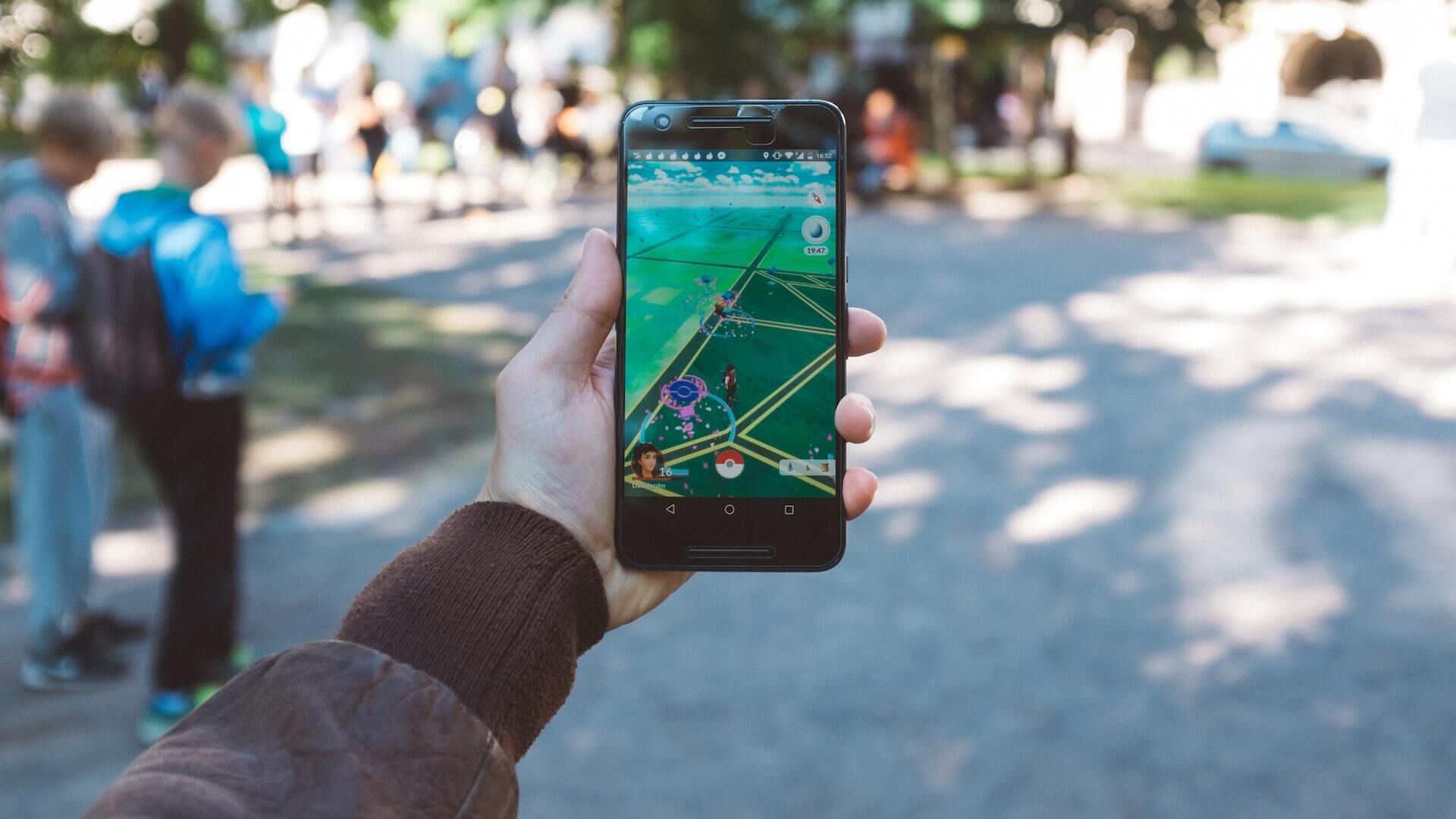
Related
The best augmented reality games for Android in 2024
Give yourself an excuse to hang out with these augmented reality games for Android
1 CrowdStrike caused global issues with a single update
Cybersecurity company CrowdStrike released a faulty update to its Falcon Sensor software in July 2024, causing more than 8.5 million Windows PCs to crash into endless boot loops. The disruption affected critical sectors around the world. Health systems, transportation networks and emergency services faced breakdowns. The financial impact exceeded 5 billion dollarsleading to widespread prosecution and shareholder discontent.
The incident highlighted the dangers of over-reliance on centralized technology infrastructure. This failure prompted a re-evaluation of software testing protocols and is a grim example of how simple surveillance can lead to global chaos.
Honorable Mention: Panels App Failed to Impress Users
Source: Panels
Marques Brownlee’s wallpaper app, Panels, launched in September 2024, but failed so badly that it’s almost poetic justice for the products he criticized earlier.
The app offers curated high-resolution wallpapers through a subscription model priced at $12 per month or $50 per year for the premium Panels Plus service. However, users of the free version had to watch ads in the feed and could only download standard definition wallpapers after watching multiple ads.
It was the critic who was examined this time. Critics have pointed out several issues, including high subscription cost, intrusive ads even for premium users, and concerns over extended data tracking permissions. Brownlee recognized these shortcomings in response, “We failed on the price front.”
What the tech failures of 2024 taught us about innovation
Consumer trust is built on value, not hype. As we enter 2025, businesses must focus on delivering effective technology. A 2024 example is the ROG Ally, which understood gamers’ demand for PC-level performance in a portable device and delivered a product that met those expectations.


